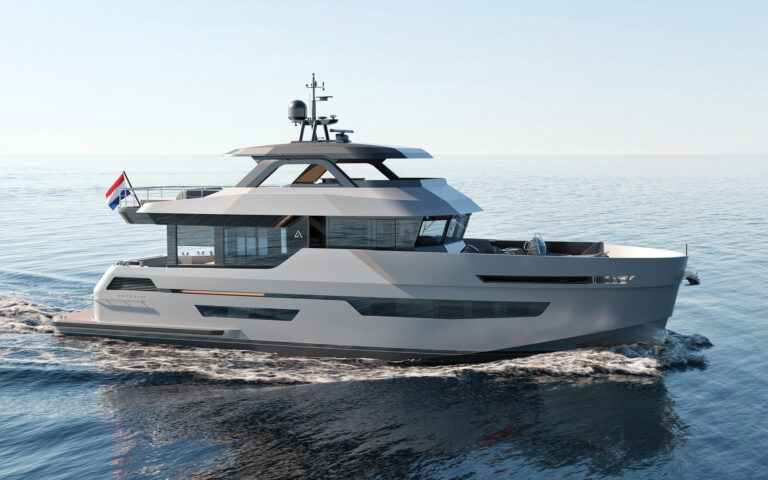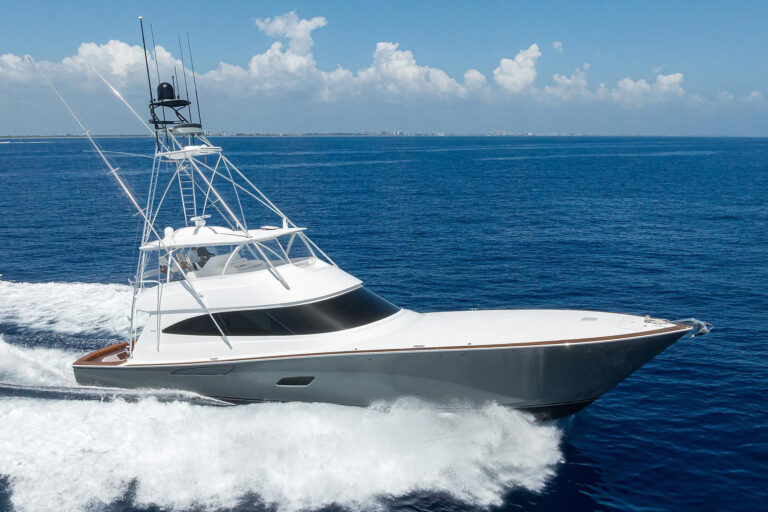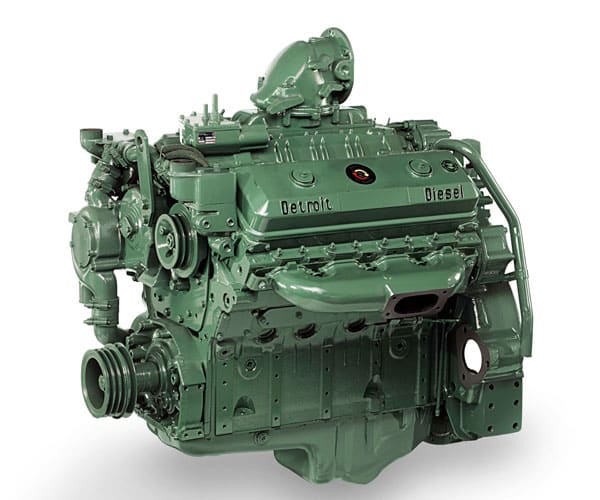
8v71n_70837000_1.jpg
Above: 8v71 N (1957): 335hp, 3,130 pounds without transmission
General Motors’ 6-71N (inline 6-cylinder design, displacing 71 cubic inches per cylinder) debuted at the New York boat show in 1938 producing a then-remarkable 130 horsepower from 2,740 pounds including a marine transmission. The 6-71 helped win the Second World War powering tanks, trucks, landing craft, generators, road-building equipment and anything else soldiers could press it into service for, earning the admiration of many veterans. While the model designator “N” refers to “natural aspiration,” two-cycle General Motors and later Detroit Diesel engines in fact included one or two superchargers to force fresh air into the cylinders. In 1957, an 8-cylinder V-configuration was built. The first 8v71N marine engine (pictured here) offering in 1962 provided 335 horsepower and weighed 3,800 pounds with its transmission. In 1965, GM spun off the Detroit Diesel Engine Division.
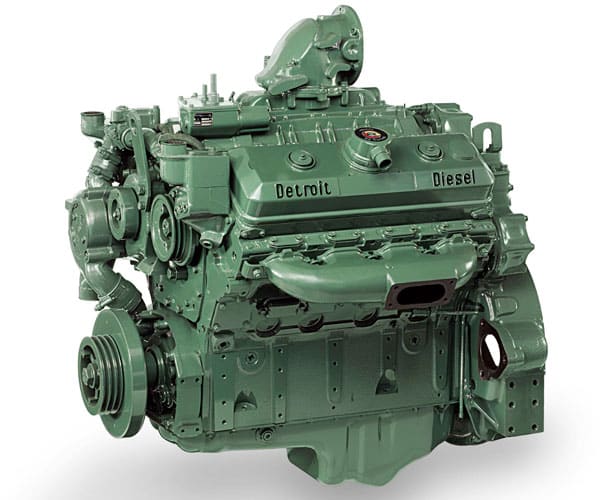
8v92n_80837000_1.jpg
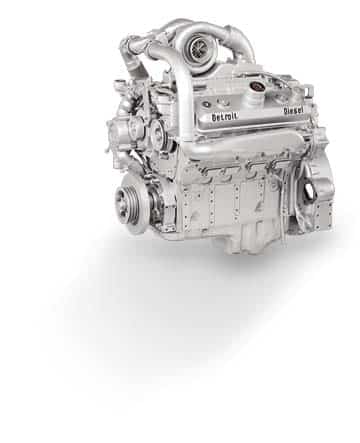
8v92t_80837300_1 (tif available).jpg
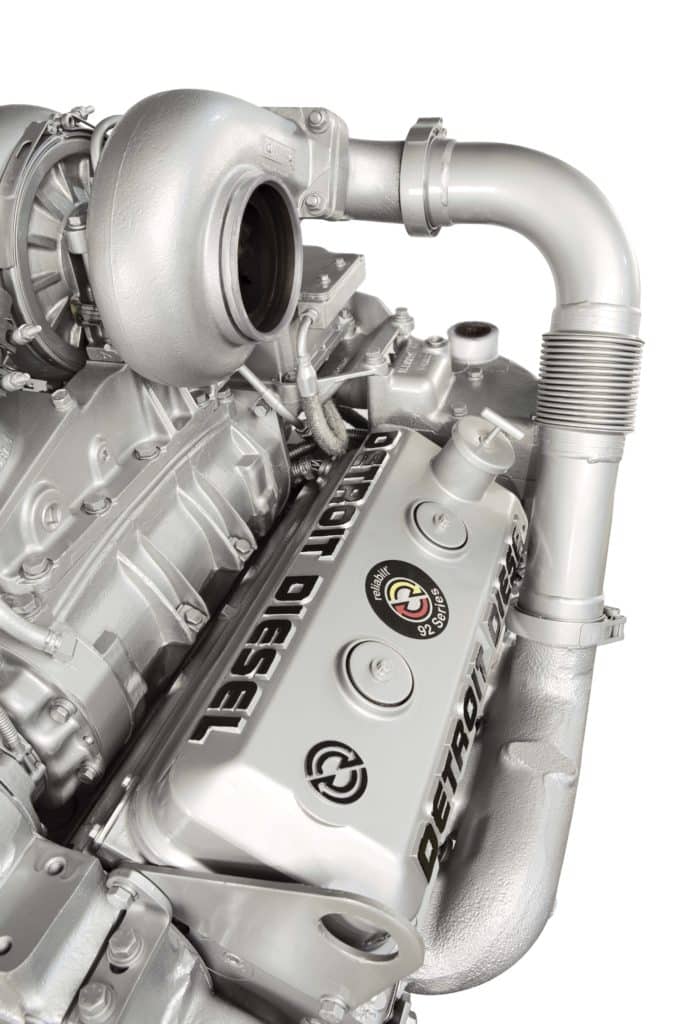
8v92t detail_8777_r1.jpg
8v92TA (1987): 735hp, 3,695 lb. (w/o transmission) 1988: Penske Corporation purchases Detroit Diesel 8v92TA DDEC (1989): 760hp, 3,695 lb. (w/o transmission) A water-cooled turbocharger, intercooler (TI model) and later aftercooler (TA) to force cool, dense air into cylinders, and a larger-capacity cooling system all helped increase horsepower to weight, topping out at 735hp. In 1989, Detroit Diesel produced the first electronic fuel injection system, increasing horsepower again to 760hp and changing diesel technology forever.
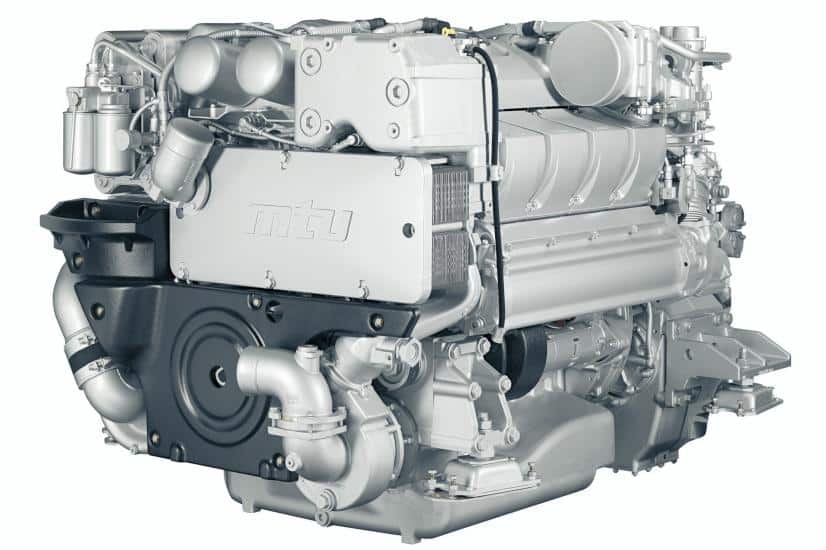
8v2000m93.jpg
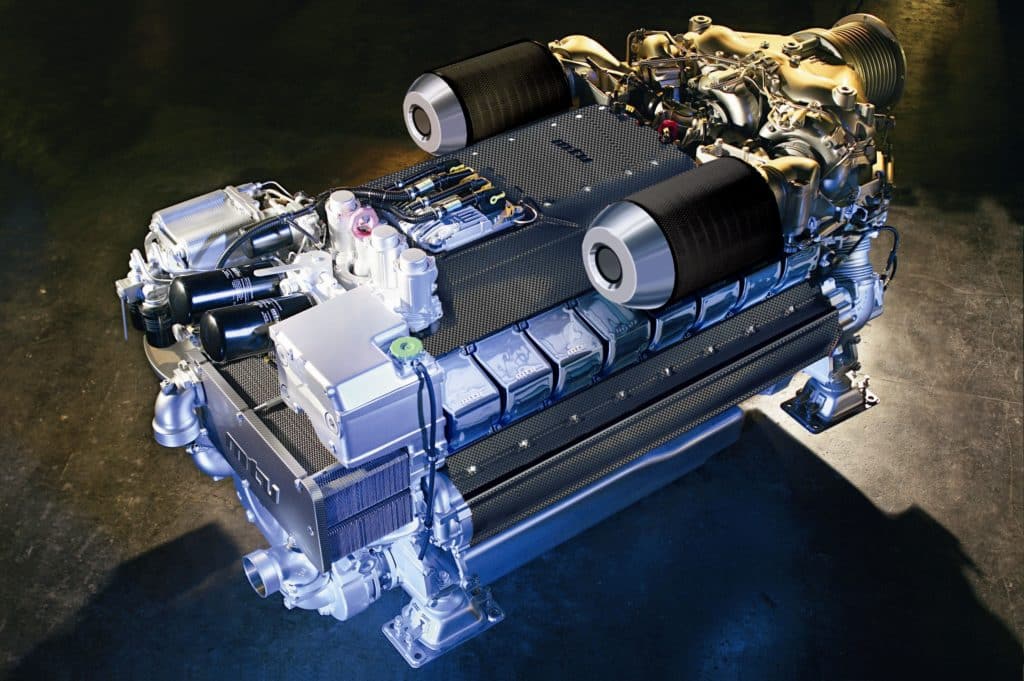
16v_2000_m94.jpg
Above: 16v2000 m94: 2,600 hp, 8,135 lbs. w/o transmission The 8v2000 is nine inches shorter and 1.5 inches narrower than 8v92 it replaced. Today, common rail fuel delivery, advanced turbocharger technology, and numerous tweaks to the entire design have the engine producing 1,250 horsepower — about 3.8 pounds for each horsepower when measured without a marine transmission, compared to the 1938 6-71 at 17 pounds for each horsepower increment.






